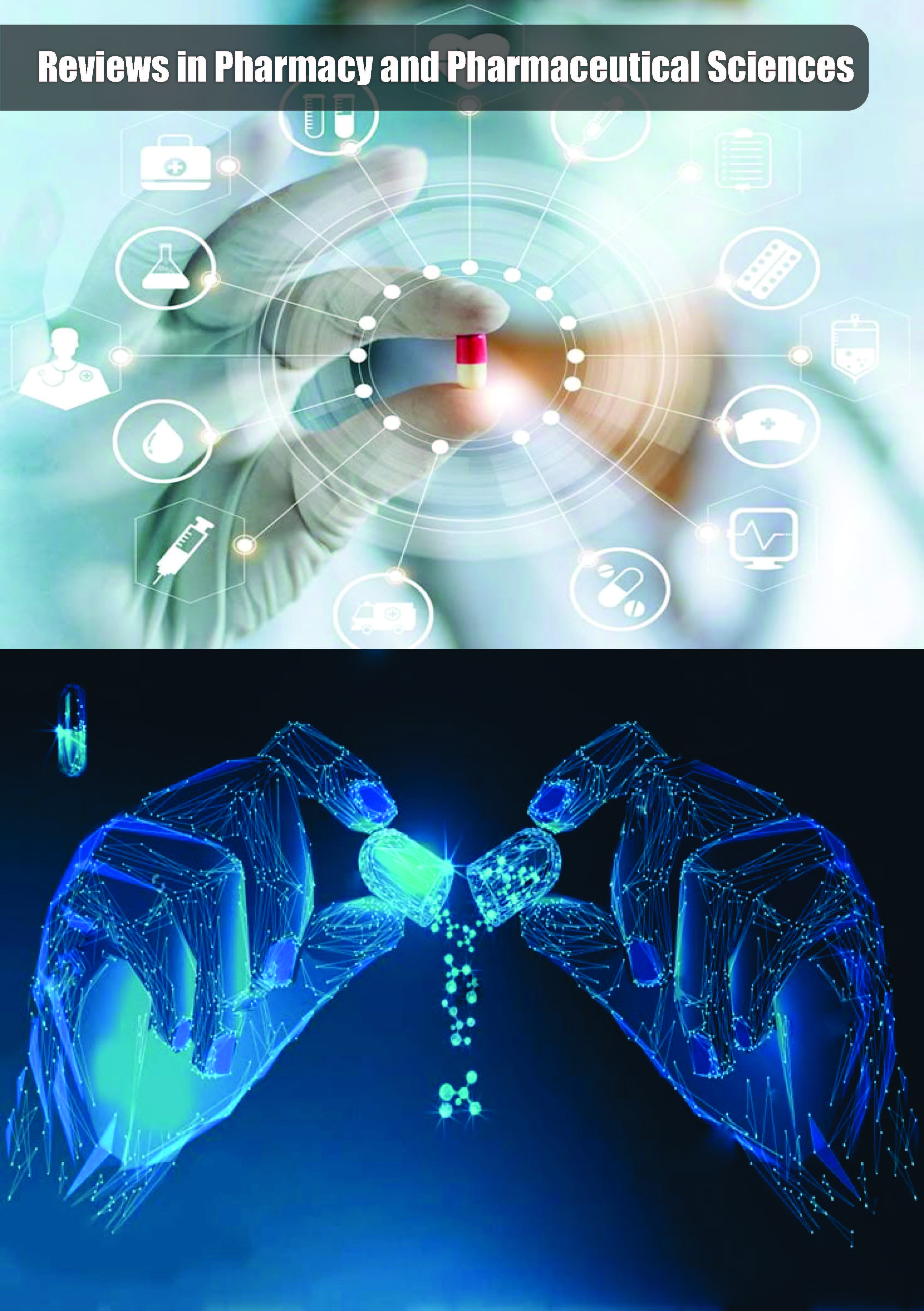Reviews in Pharmacy and Pharmaceutical Sciences
Evaluation of Acellular Dermal Matrix by Simple Method of Genomic DNA Isolation
Abstract
The essential use of Acellular Dermal Matrix (ADM) for reconstructive surgery in deep dermal burns is well renowned. To treat the chronic wound, ADM is used as exogenous scaffold which imitate the native Extracellular Matrix (ECM) and provides a barrier to protect wounds from infection and desiccation. The dense collagen fibers and elastin of human ADM provide the strength, extensibility and elasticity which potentially reduce the scarring in deep burn patients. Although various types of synthetic as well as biosynthetic dermal matrixes available, lack of biocompatibility and absence of key factors influence the aseptic condition in unnatural way. The quality of acellular dermal matrix depends upon the methods of processing which determine the quality and that in turn affect the cellular and vascular in-growth of host. There are different types of de-cellularization methods already described in literature. Here author used the simple DNA isolation method to prove that the prepared ADM is devoid of any remaining cells and there is no genetic material. In this article, the decellularization process has been confirmed by genomic DNA isolation method.

